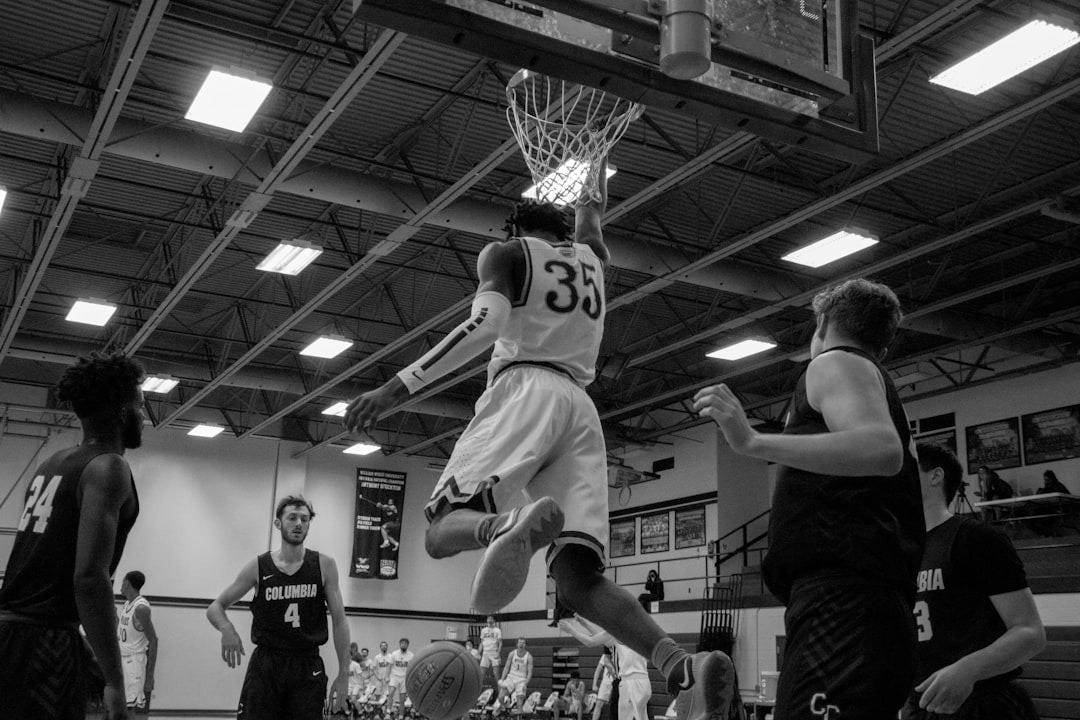The Hidden Edge: How Understanding Sensory Mismatch Can Revolutionize Athletic Performance
A Must-Read for Coaches, Athletic Trainers, Sports Therapists, and Athletes

We're always looking for ways to improve athletic performance through strength training, nutrition, or mental coaching. However, a crucial factor often gets overlooked: sensory integration, or how our brains process information from our senses. When this process isn't working smoothly, it can lead to sensory mismatch, which can significantly impact an athlete's abilities.
What is a Sensory Mismatch?
Imagine your brain as a high-performance computer that relies on accurate data from your senses (sight, sound, touch, movement, and balance) to coordinate, make decisions, and maintain control. Sensory mismatch is like a glitch in the system – a conflict or discrepancy in this sensory information that makes it harder for the brain to do its job.
How Sensory Mismatch Impacts Athletes:

Poor Coordination and Timing: This can manifest in many ways, from fumbling a ball to missing a shot to having an awkward gait. For example, a basketball player might struggle to dribble effectively if their proprioceptive sense (body awareness) is impaired, leading to them losing control of the ball. A gymnast might need help timing their flips and landings if their vestibular system (balance) is not providing accurate information.

Delayed Reaction Time: Sensory mismatch can be a disadvantage in sports where split-second decisions are crucial. A tennis player with a slight vestibular imbalance might have trouble tracking the ball accurately, leading to a delayed response and a missed shot. A soccer goalie with visual processing difficulties might struggle to anticipate the direction of a penalty kick.

Balance Problems: Conflicts between visual, vestibular (balance), and proprioceptive (body awareness) information can compromise balance, making athletes more prone to falls and injuries. Skiers might lose their balance and fall if their vestibular system does not provide accurate information about their body's position in space. A football player might be more susceptible to ankle sprains if they have poor proprioception.

Disorientation and Dizziness: Sensory mismatch can lead to feelings of disorientation, dizziness, and nausea, which can be particularly problematic in sports that involve rotations or rapid changes in direction. A figure skater might feel dizzy after a spin if their vestibular system is overwhelmed. A diver might experience disorientation after entering the water if their visual and vestibular systems are not working together seamlessly.
Increased Fatigue and Difficulty Concentrating: Processing conflicting sensory information requires more mental effort, leading to increased fatigue and difficulty concentrating. A swimmer might tire more quickly if they constantly adjust their stroke due to poor proprioception. Golfers might struggle to focus during a long tournament if they experience sensory overload.
The Vestibular System: A Key Player
The vestibular system, located in the inner ear, is a critical component of sensory integration. It's our internal "gyroscope," providing the brain with information about head position, movement, and spatial orientation. When the vestibular system is functioning optimally, it contributes to:
Agility and Coordination: Smooth, efficient movement patterns.
Quick Reactions: The ability to respond rapidly to changes in the environment.
Spatial Awareness: Knowing where you are about your surroundings.
Stable Vision: Clear vision even during head movement.
Strategies to Optimize Sensory Integration:
Sensory Strategy Therapy: A qualified physical or occupational therapist can assess an athlete's sensory processing skills and develop a personalized program of activities to address specific challenges. This might include movement, touch, balance, and visual-motor coordination.
Vestibular Rehabilitation is a specialized therapy that focuses on improving the vestibular system's function. It often involves exercises that challenge balance, coordination, and gaze stabilization.
Environmental Modifications: Simple adjustments to the training environment can make a big difference for athletes sensitive to sensory overload. This might include using noise-canceling headphones, dimming lights, or practicing in less crowded spaces.
Sensory Diets: These are personalized plans that incorporate sensory activities into an athlete's daily routine to help regulate their nervous system. This might include activities like deep pressure touch, swinging, or listening to calming music.
Mindfulness and Relaxation Techniques can help athletes manage anxiety, improve focus, and regulate their sensory systems. These might include practices like meditation, deep breathing exercises, or progressive muscle relaxation.
The Benefits of Addressing Sensory Mismatch:
Enhanced Performance: Improved coordination, reaction time, balance, and focus can lead to significant improvements in athletic performance.
Reduced Injury Risk: Better body awareness and motor control can help athletes move more efficiently and safely, reducing their risk of injuries.
Faster Recovery: Addressing sensory mismatch can help athletes recover more quickly from injuries and concussions.
Call to Action:
Educate Yourself: Learn more about sensory integration and its impact on athletic performance. Many resources are available online and in books.
Observe Your Athletes: Pay attention to signs of sensory mismatch, such as clumsiness, difficulty with balance, or complaints of dizziness.
Seek Professional Support: If you suspect an athlete is struggling with sensory mismatch, consult with a qualified therapist (occupational therapist, physical therapist with vestibular specialization) to assess and address the issue.
Integrate Sensory Strategies: Incorporate sensory-based activities and modifications into training programs to help athletes optimize their sensory processing skills.
By understanding and addressing sensory mismatch, we can unlock new levels of athletic performance and help athletes reach their full potential.



